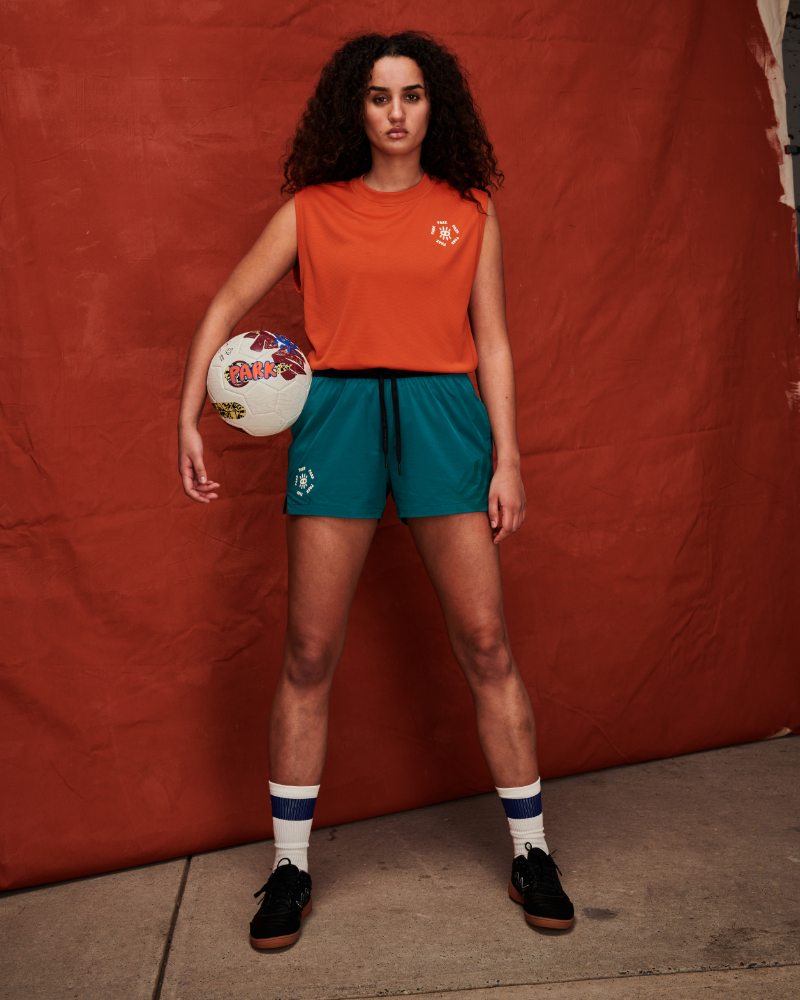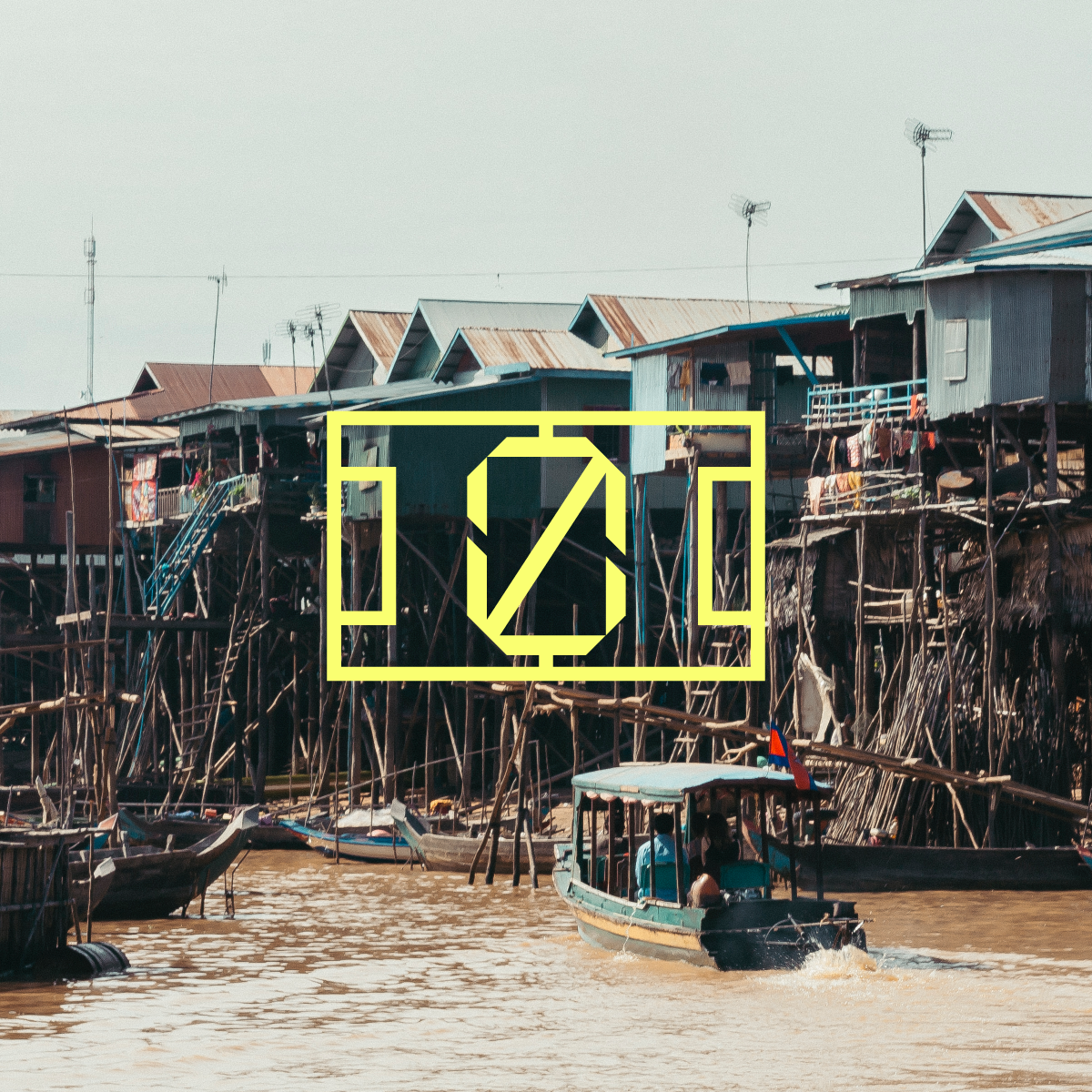It’s not about what you have, but how you use it.
Set in Northern Uganda, the Odilo Lawiny Project is a wonderfully playful series of photos that captures local children with footballs made entirely of recuperated materials.
A celebration of football’s simplicity – globetrotter, multilinguist and photographer Brian Hodges sits down with us to talk about the project and what he learnt about the power of football.
*This interview has been edited from the original for the sake of brevity.
What does your average day look like?
Right now I'm working with an organization called African Women Rising, documenting their field work.
I typically get in a jeep in the morning and head off for a few hours into the rural, undeveloped areas of the Ugandan bush. We meet with the local Acholi people, and typically, I don’t even have time to edit my pictures.
I download the images at the end of the day, charge my batteries and get some sleep for the next day.
How was it interacting with the locals?
I find that when I show interest in people, demonstrate my curiosity - they are typically pretty open to that.
That’s a basic human experience no matter where we are on the planet.
One project in particular caught our attention here at PARK - the Odilo Lawiny Project - tell us a little bit about it.
I stumbled across these kids playing with balls made from found materials; mosquito nets, plastic bags, banana leaf fibres. Using whatever they could find, they weaved these materials into soccer balls. And they are each unique and beautiful, and I saw these balls as works of art.
More importantly, the kids had so much fun with them - it was a magical combination and I felt compelled to document this.
PARK’s ethos is built on the one for one football; sharing the game with those who need it most. What did you learn about the value of football?
We all need to play. Kids especially need to play.
It’s an irrepressible need.
In developed countries, we have our ready made balls and organized playgrounds. These options simply don't exist in Northern Uganda. What really touched me was that despite that, these kids were having just as much fun as any other kid in the world.
I learnt that this joy was not a function of the material being used.












Leave a comment
This site is protected by hCaptcha and the hCaptcha Privacy Policy and Terms of Service apply.